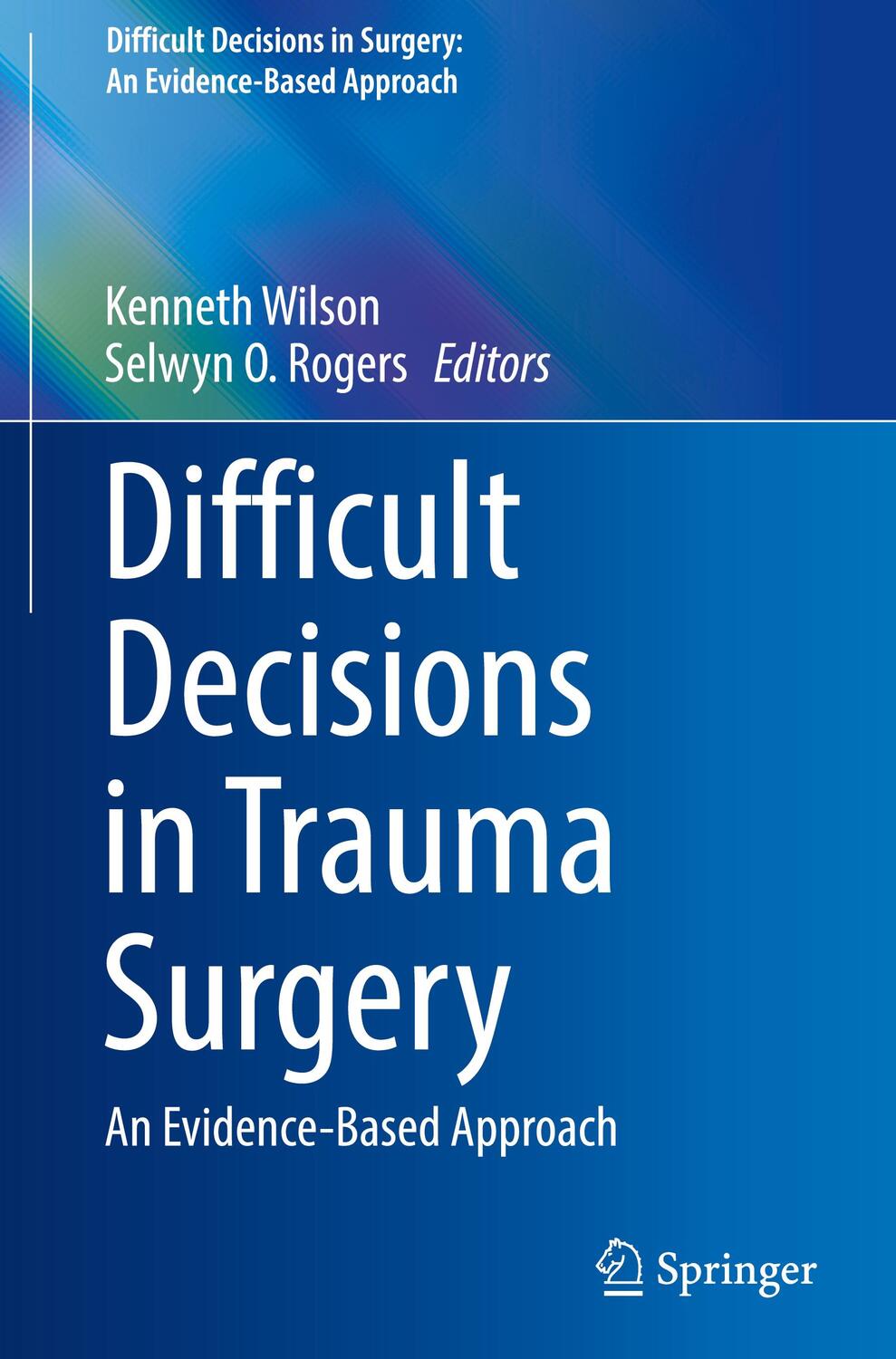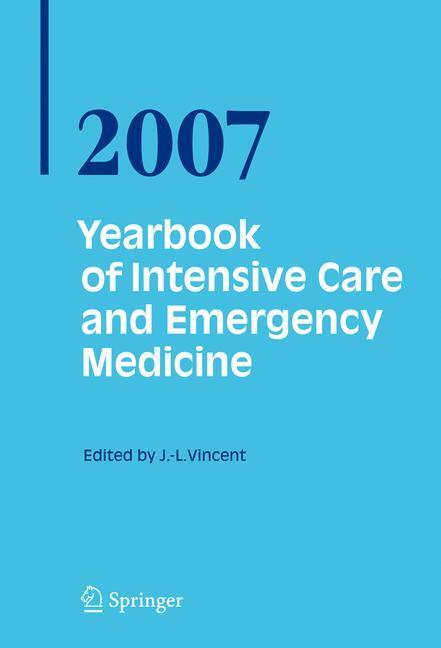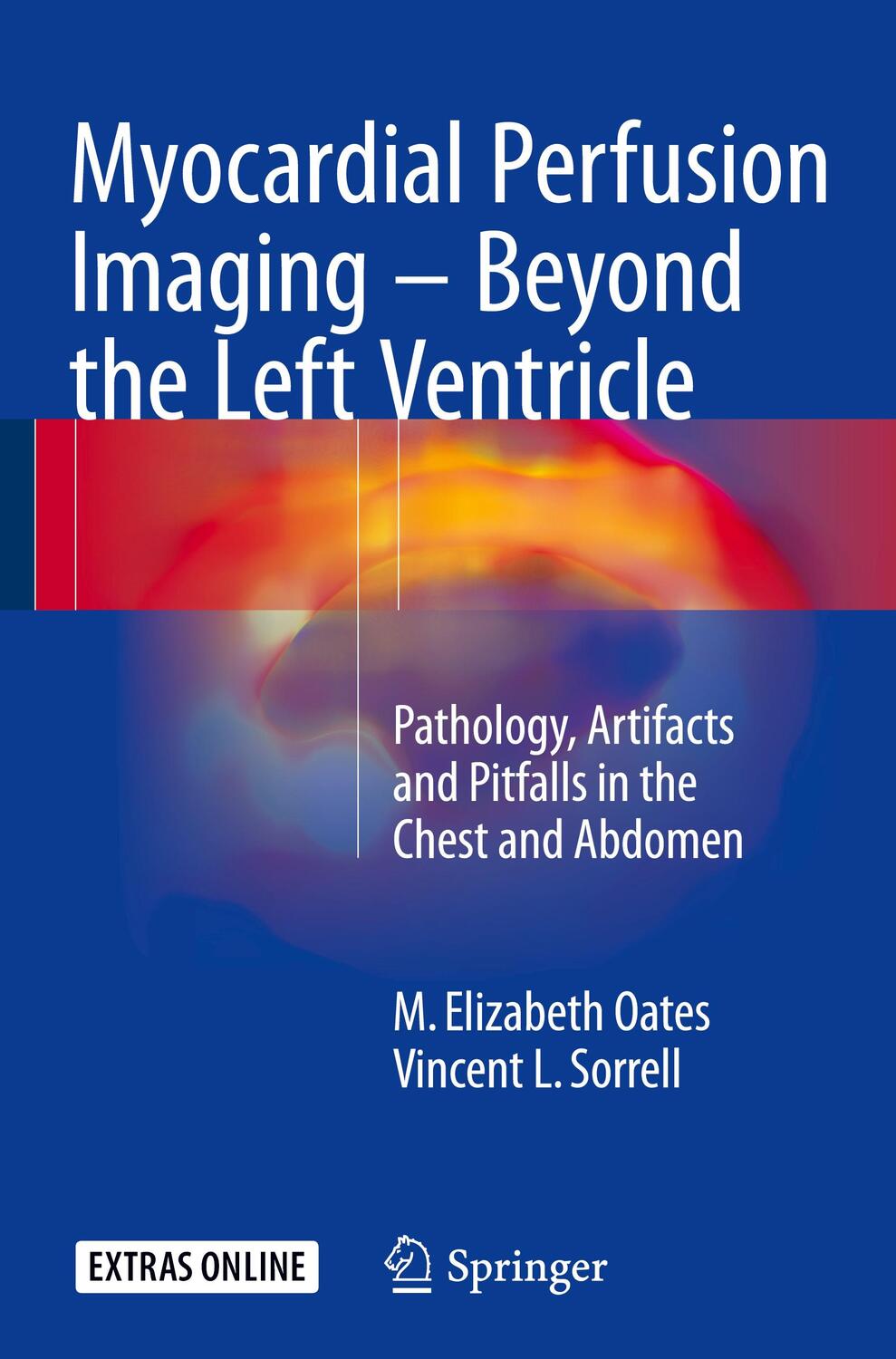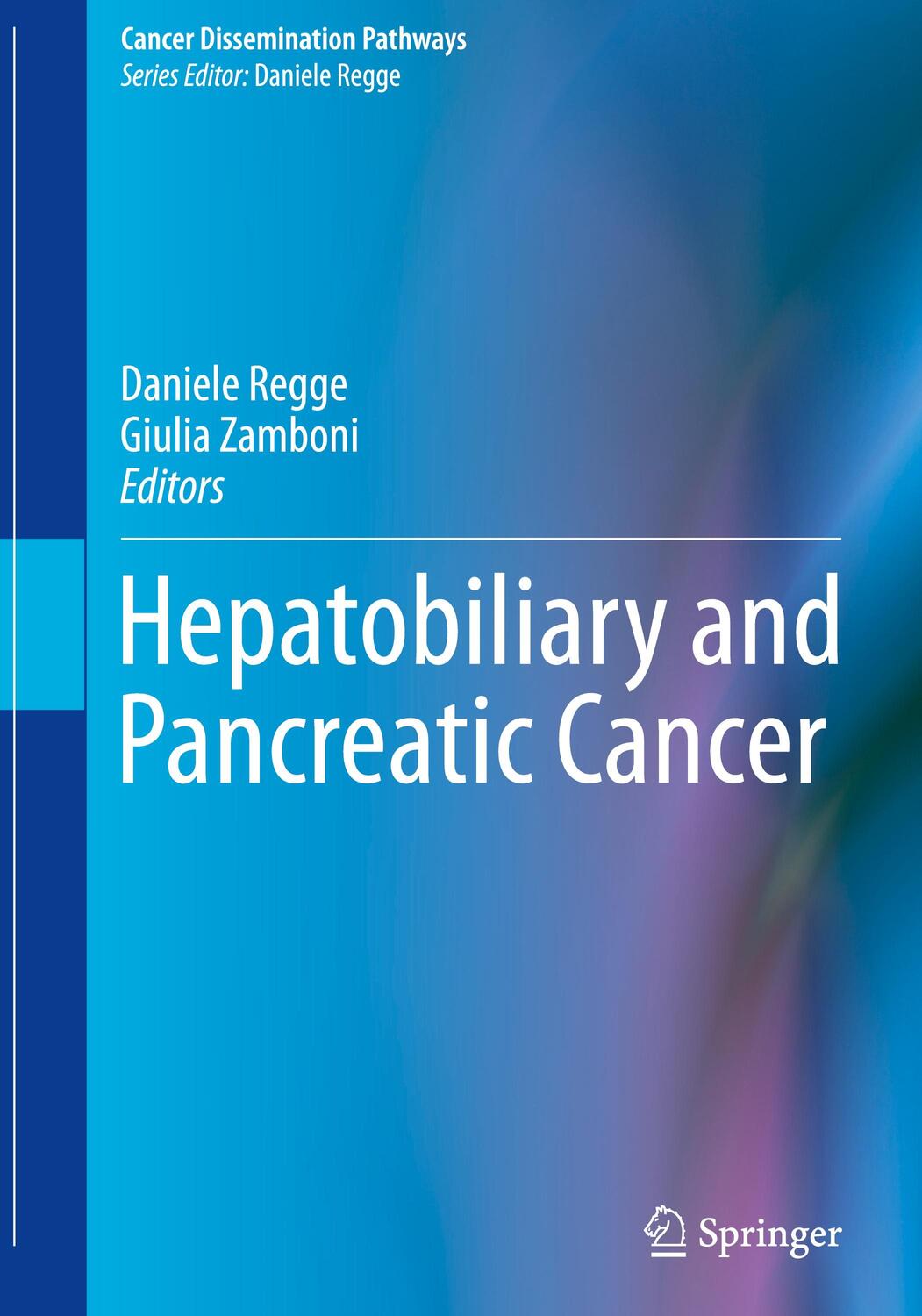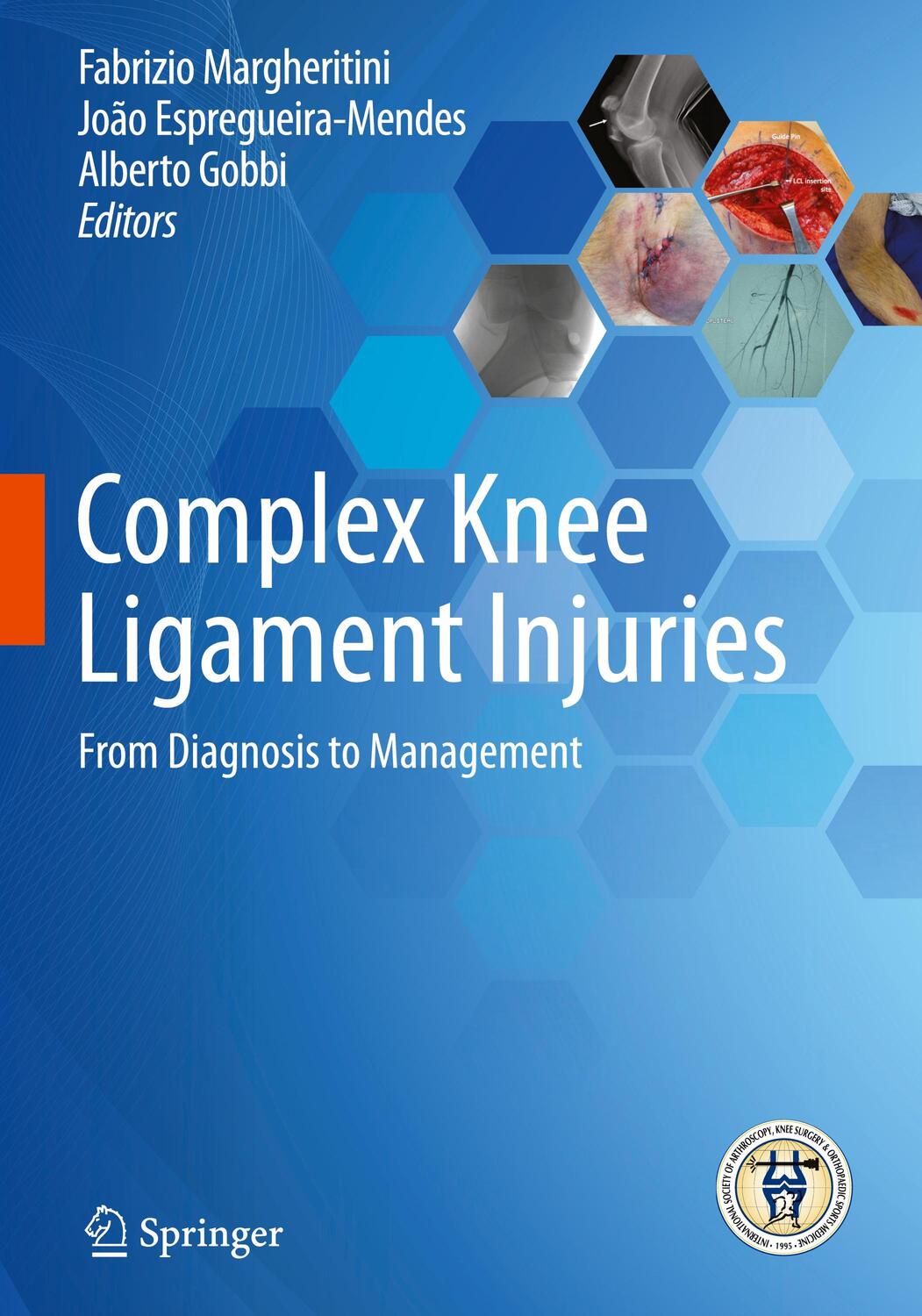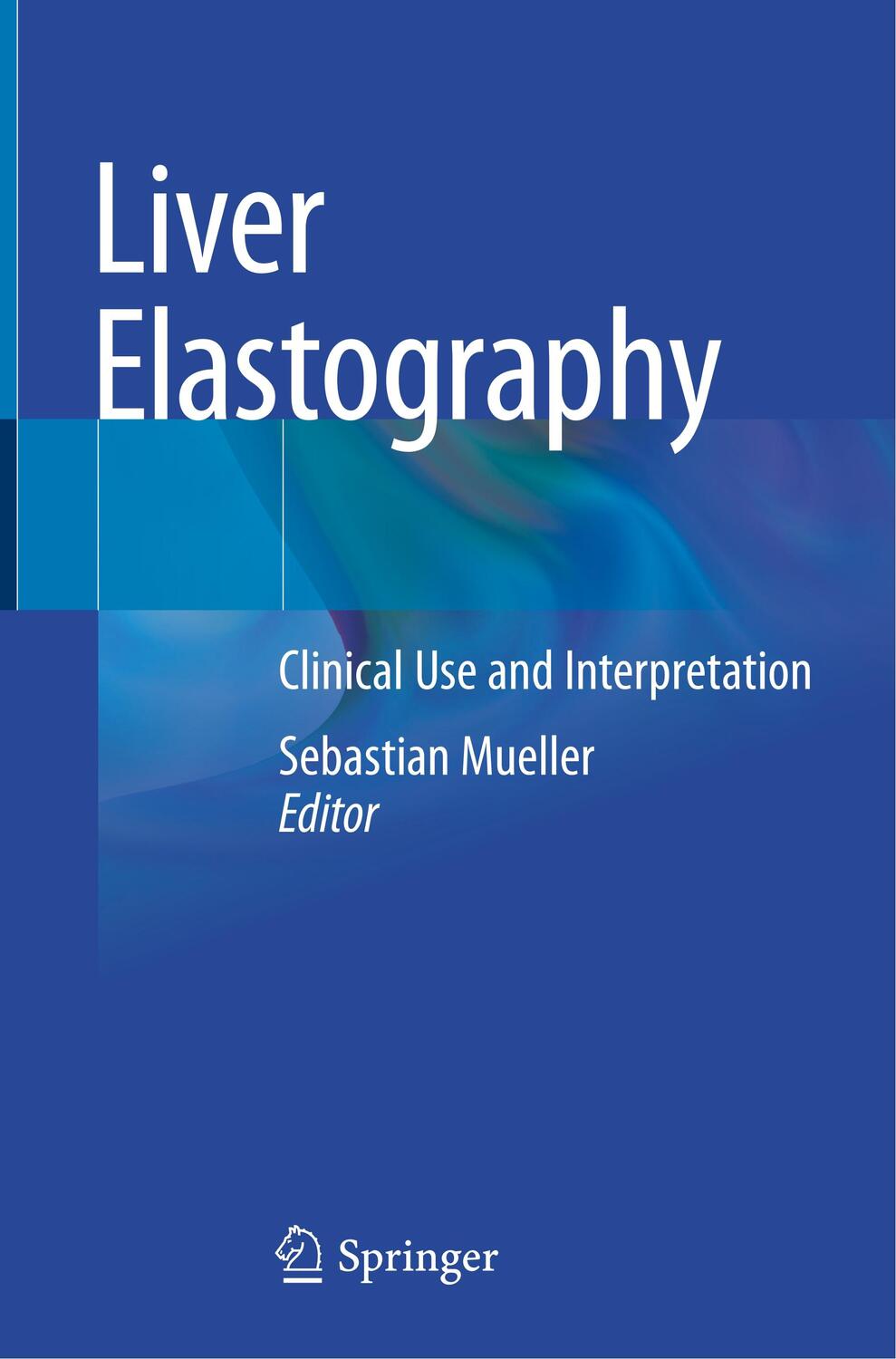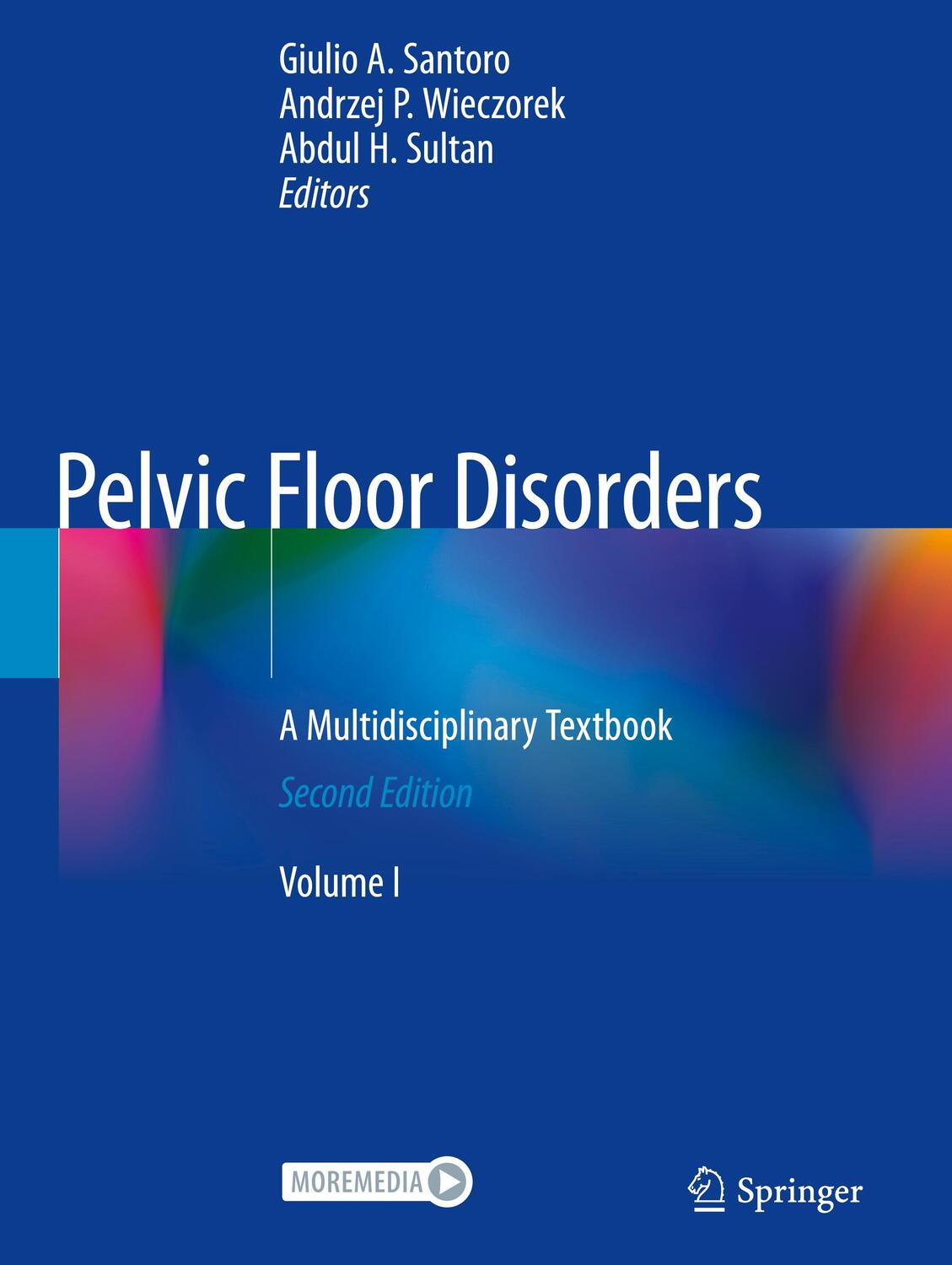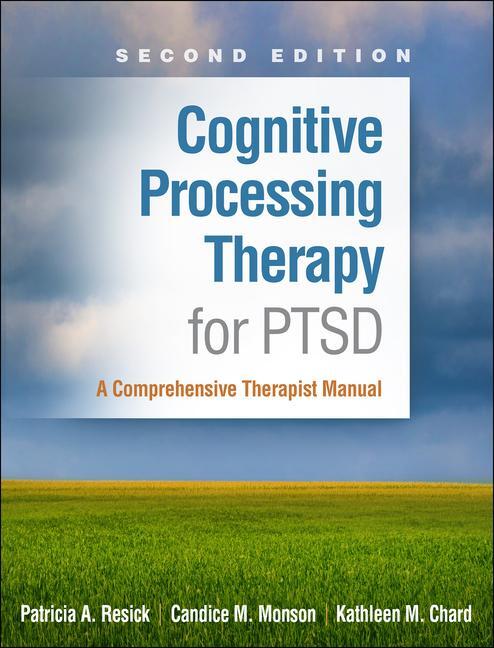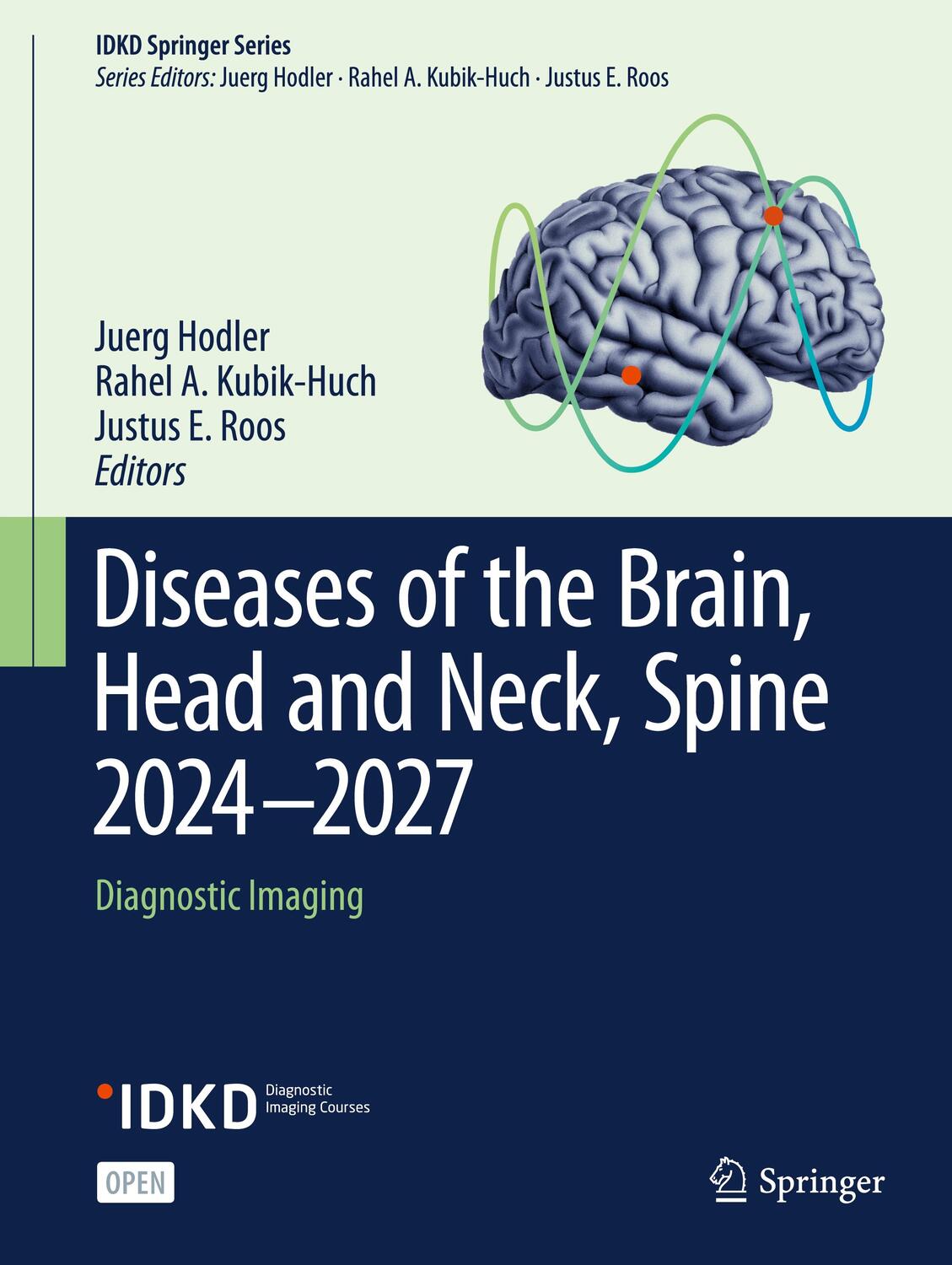137,95 €*
Versandkostenfrei per Post / DHL
Lieferzeit 2-3 Wochen
Kenneth L. Wilson, MD, FACS, COL, MC USAR is a Professor of Surgery at the University of Chicago. He serves as the Trauma Medical Director at the University of Chicago Medicine Trauma Center.
Selwyn O. Rogers Jr., MD, MPH, FACS, Professor of Surgery is the founding director of the University of Chicago Medicine Trauma Center. As Executive Vice President for Community Health Engagement, Dr. Rogers works with faculty across the University of Chicago as well as members of the community to develop a multidisciplinary approach to trauma care and health disparities.
Written from a global perspective by experts in the field
Follows standard formatting to allow easy identification of key information
Contains advice based on clinical experience and evidence-based practice
| Erscheinungsjahr: | 2021 |
|---|---|
| Fachbereich: | Andere Fachgebiete |
| Genre: | Medizin |
| Rubrik: | Wissenschaften |
| Medium: | Buch |
| Seiten: | 476 |
| Reihe: | Difficult Decisions in Surgery: An Evidence-Based Approach |
| Inhalt: |
xiv
459 S. 12 s/w Illustr. 20 farbige Illustr. 459 p. 32 illus. 20 illus. in color. |
| ISBN-13: | 9783030816667 |
| ISBN-10: | 3030816664 |
| Sprache: | Englisch |
| Ausstattung / Beilage: | HC runder Rücken kaschiert |
| Einband: | Gebunden |
| Redaktion: |
Rogers, Selwyn O.
Wilson, Kenneth |
| Herausgeber: | Kenneth Wilson/Selwyn O Rogers |
| Auflage: | 1st ed. 2022 |
| Hersteller: |
Springer International Publishing
Difficult Decisions in Surgery: An Evidence-Based Approach |
| Maße: | 241 x 160 x 30 mm |
| Von/Mit: | Selwyn O. Rogers (u. a.) |
| Erscheinungsdatum: | 30.10.2021 |
| Gewicht: | 0,962 kg |
Kenneth L. Wilson, MD, FACS, COL, MC USAR is a Professor of Surgery at the University of Chicago. He serves as the Trauma Medical Director at the University of Chicago Medicine Trauma Center.
Selwyn O. Rogers Jr., MD, MPH, FACS, Professor of Surgery is the founding director of the University of Chicago Medicine Trauma Center. As Executive Vice President for Community Health Engagement, Dr. Rogers works with faculty across the University of Chicago as well as members of the community to develop a multidisciplinary approach to trauma care and health disparities.
Written from a global perspective by experts in the field
Follows standard formatting to allow easy identification of key information
Contains advice based on clinical experience and evidence-based practice
| Erscheinungsjahr: | 2021 |
|---|---|
| Fachbereich: | Andere Fachgebiete |
| Genre: | Medizin |
| Rubrik: | Wissenschaften |
| Medium: | Buch |
| Seiten: | 476 |
| Reihe: | Difficult Decisions in Surgery: An Evidence-Based Approach |
| Inhalt: |
xiv
459 S. 12 s/w Illustr. 20 farbige Illustr. 459 p. 32 illus. 20 illus. in color. |
| ISBN-13: | 9783030816667 |
| ISBN-10: | 3030816664 |
| Sprache: | Englisch |
| Ausstattung / Beilage: | HC runder Rücken kaschiert |
| Einband: | Gebunden |
| Redaktion: |
Rogers, Selwyn O.
Wilson, Kenneth |
| Herausgeber: | Kenneth Wilson/Selwyn O Rogers |
| Auflage: | 1st ed. 2022 |
| Hersteller: |
Springer International Publishing
Difficult Decisions in Surgery: An Evidence-Based Approach |
| Maße: | 241 x 160 x 30 mm |
| Von/Mit: | Selwyn O. Rogers (u. a.) |
| Erscheinungsdatum: | 30.10.2021 |
| Gewicht: | 0,962 kg |

